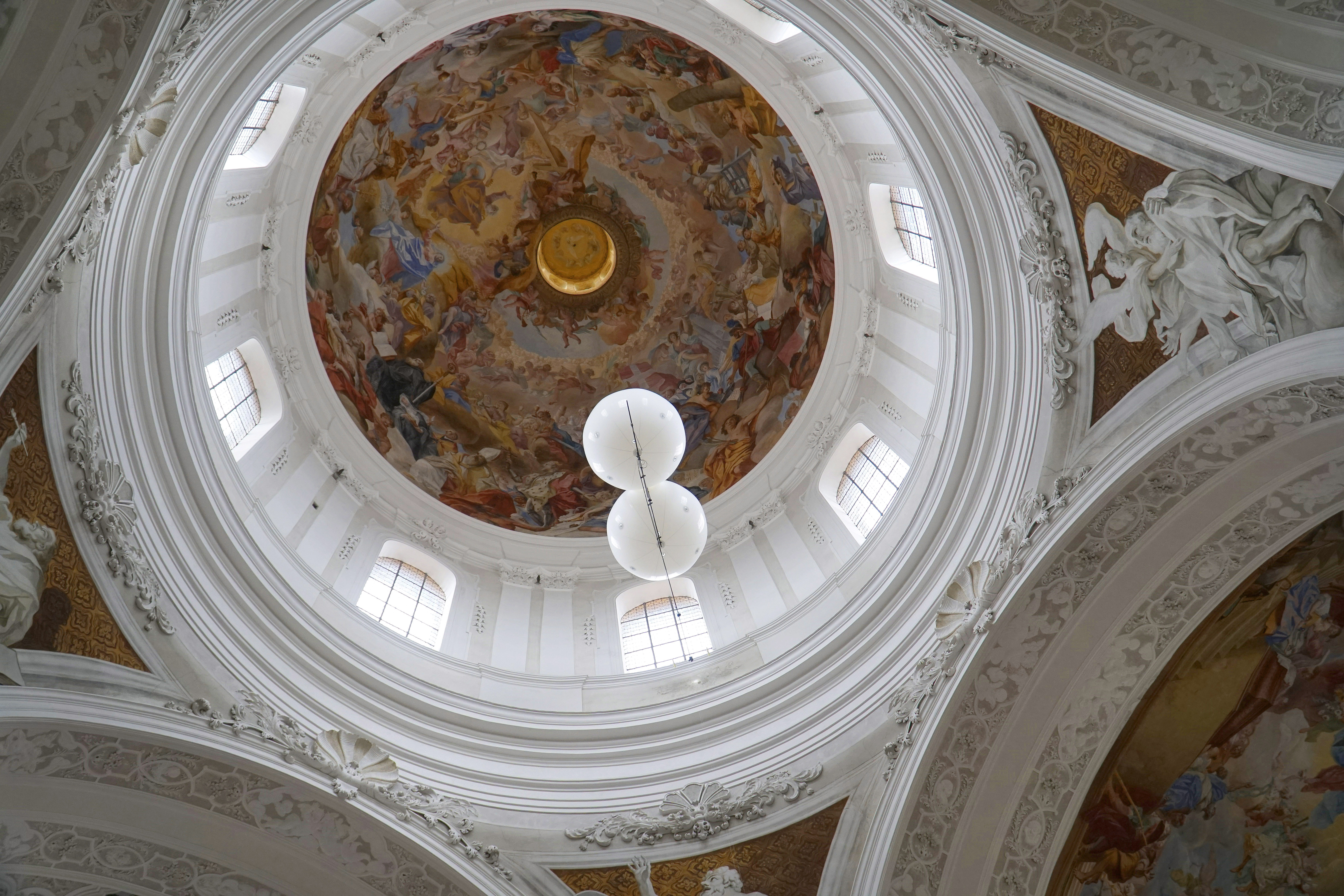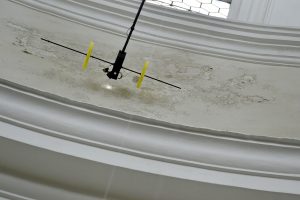
In January 2020, we shared an article on the restoration work that was being carried out at, FRH member Bronnbach Abbey as our feature article; this article can be found here. As was the case with many other cultural heritage conservation projects around the world, however, the photo investigation work of PHOTOLIFTER was impacted due to the COVID-19 pandemic. In our previous article, we showcased the innovation that was being used by the team of PHOTOLIFTER to work on the monastery’s 15-metre high altar at Bronnbach Abbey in the region of Baden-Wuerttemberg, Germany.
Using the latest technology, the team was able to utilize their patented PHOTOLIFTER to take photographs from never-before-seen angles without the use of any potentially damaging devices, such as scaffolding or drones. Thanks to the team’s ingenuity, they are able to conduct a more thorough and state-of-the-art investigation on the abbey.
Due to the COVID-19 pandemic, however, the photo investigation projects had to be postponed. This was difficult for the director of the project Daniel Roeseler as this affected his work by forcing the project to be put on hold temporarily and limiting his funding for the project. Roeseler explained that much of the schedule had to be rearranged. One aspect in particular, the UV photography, had to be delayed after being scheduled for the spring. This was due to there being too much daylight during the summertime to produce good quality photographs.
 Despite the delays, however, the team was still able to make some progress on the restoration. During the second week of June, the team took samples using an extraction device with Crystal Tape from a height of 30 metres to assess the moisture damage.
Despite the delays, however, the team was still able to make some progress on the restoration. During the second week of June, the team took samples using an extraction device with Crystal Tape from a height of 30 metres to assess the moisture damage.
 Next, they remotely vacuumed some spots upside down on a window soffit at a height of about 37 meters. Due to this vacuuming penetration, the liability of some surface particles and stones was proofed that seemed to be loose and could have caused a potential danger. The collected particles were then handed over for a chemical analysis.
Next, they remotely vacuumed some spots upside down on a window soffit at a height of about 37 meters. Due to this vacuuming penetration, the liability of some surface particles and stones was proofed that seemed to be loose and could have caused a potential danger. The collected particles were then handed over for a chemical analysis.
Blutenburgstraße 81
80634 München GERMANY





Follow us: